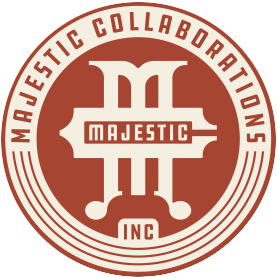Strategy #5:
Train a Disruption-ready workforce
Leveraging creative workforce & venues as resilience hubs
Resources and actionable ideas to design a training program that readies existing workforces for disruption.
- Improve disaster readiness and resilience capacity both during blue-sky days and during times of emergency
- Mitigate future disaster-related unemployment
High-Impact Practices
Whether integrating with an existing program or developing new workforce certifications, these practices can dramatically increase participation, effectiveness, and long-term value:
Paid to Train – Compensate participants for their time in training to ensure equity, reduce barriers, and increase follow-through.
Create and fund a Reservist System – Create long-term continuity by establishing a pool of trained professionals who can be activated and compensated in times of crisis.
Stack Credentials – Integrate certifications (e.g. CERT, ESAT, crowd management) into career pathways, making training more attractive and valuable for creative professionals, and providing multiple off-ramps for alternative employment.
Co-Train with Emergency Personnel – Build relationships and mutual understanding between creative workers and emergency responders through joint simulations or workshops.
Scenario-Based Learning– Use existing venues and mass gatherings to keep skills fresh and practice adaptive decision-making in context.
Disaster Response Training Programs
Introductory description goes here
State/Local Activation Teams (SLAT) – Add description
Community Emergency Response Teams (CERT) – Add description
Crisis Analysis and Mitigation Coaches (CAM) – Add description
Listos – Add description
Free training resources
Introductory text goes here
